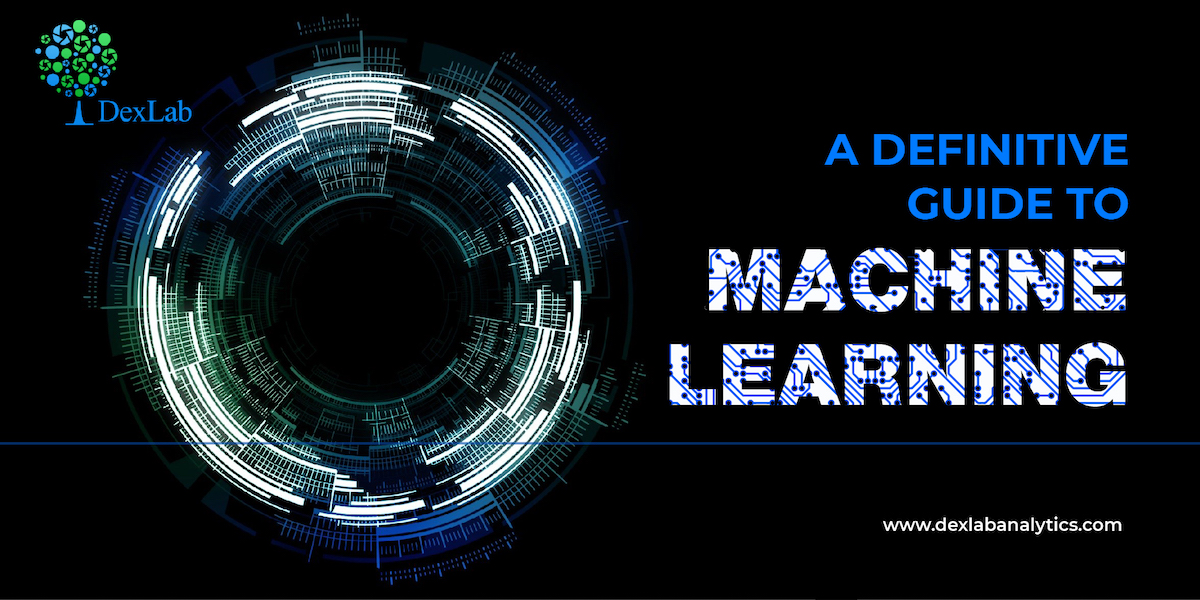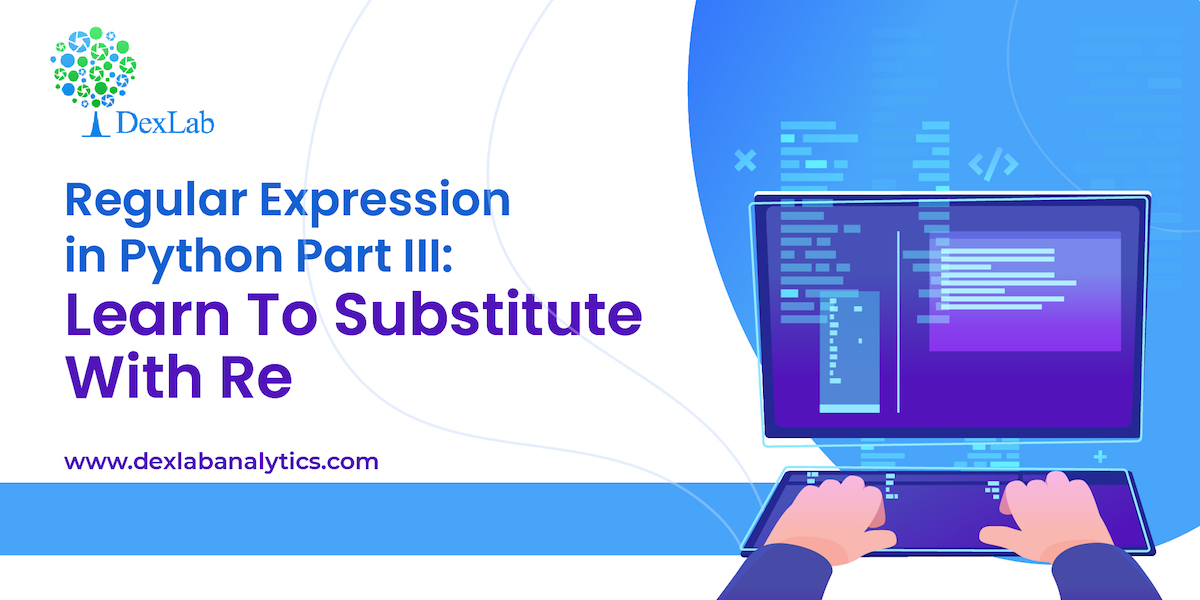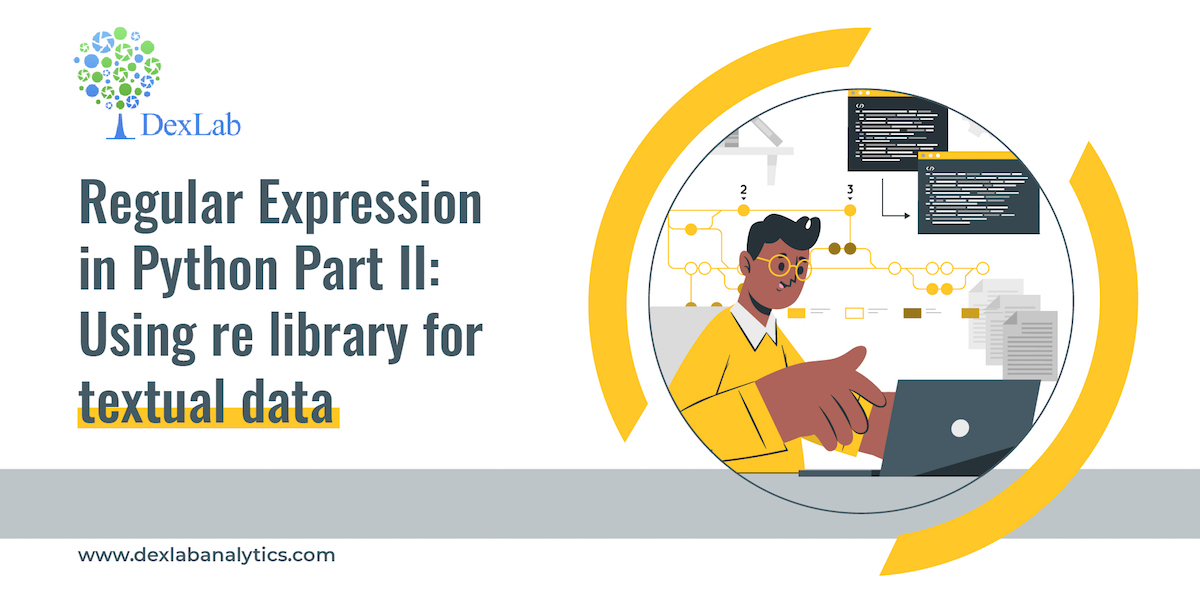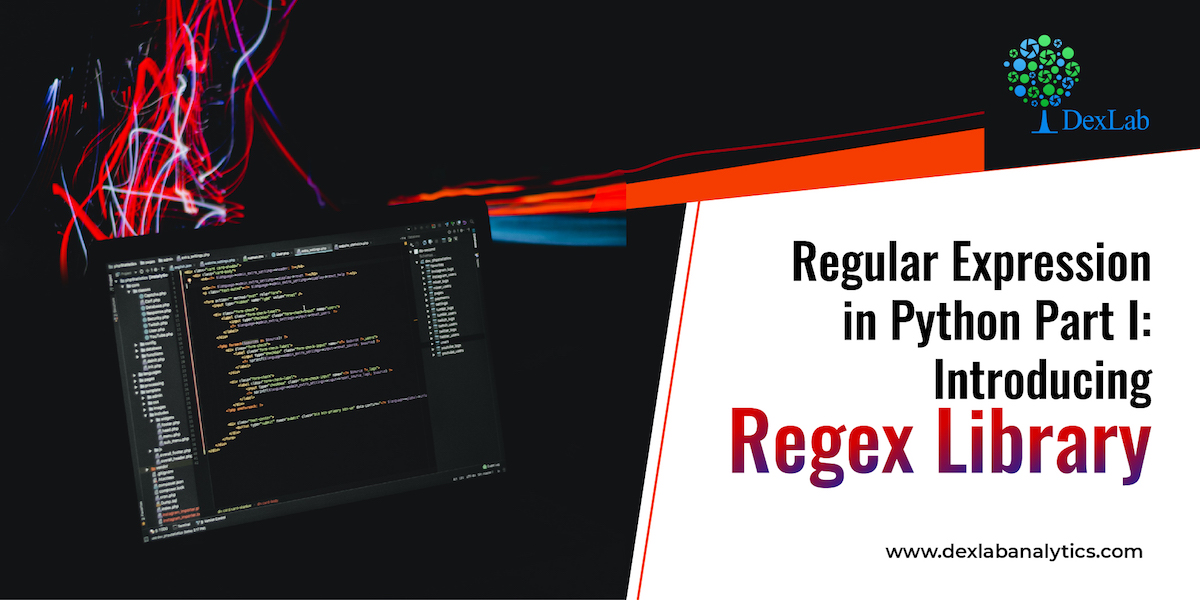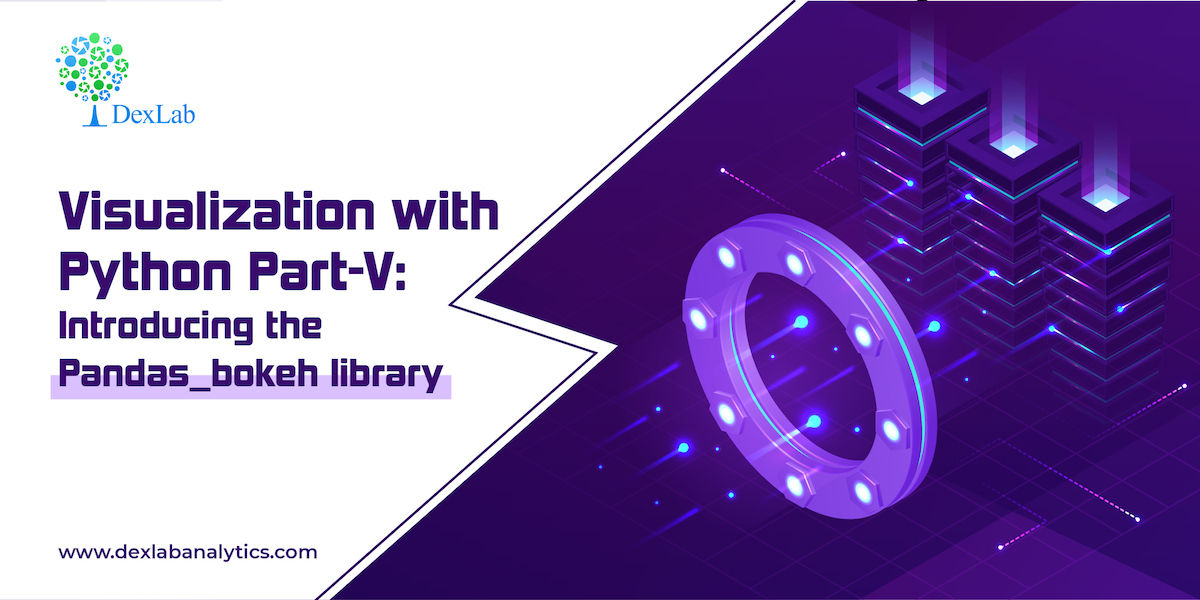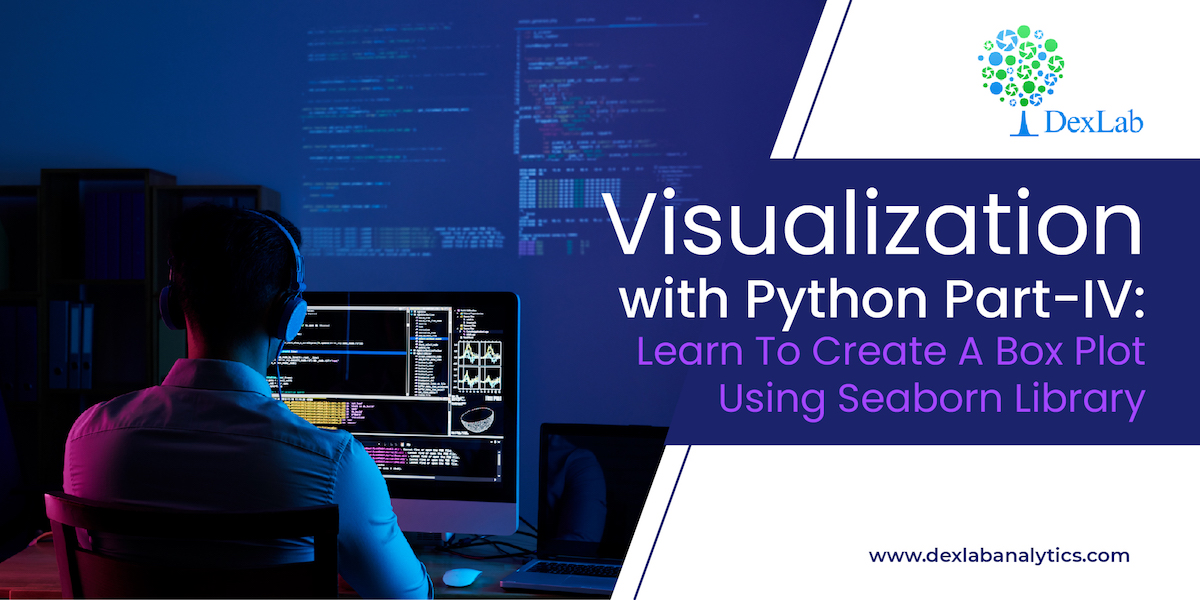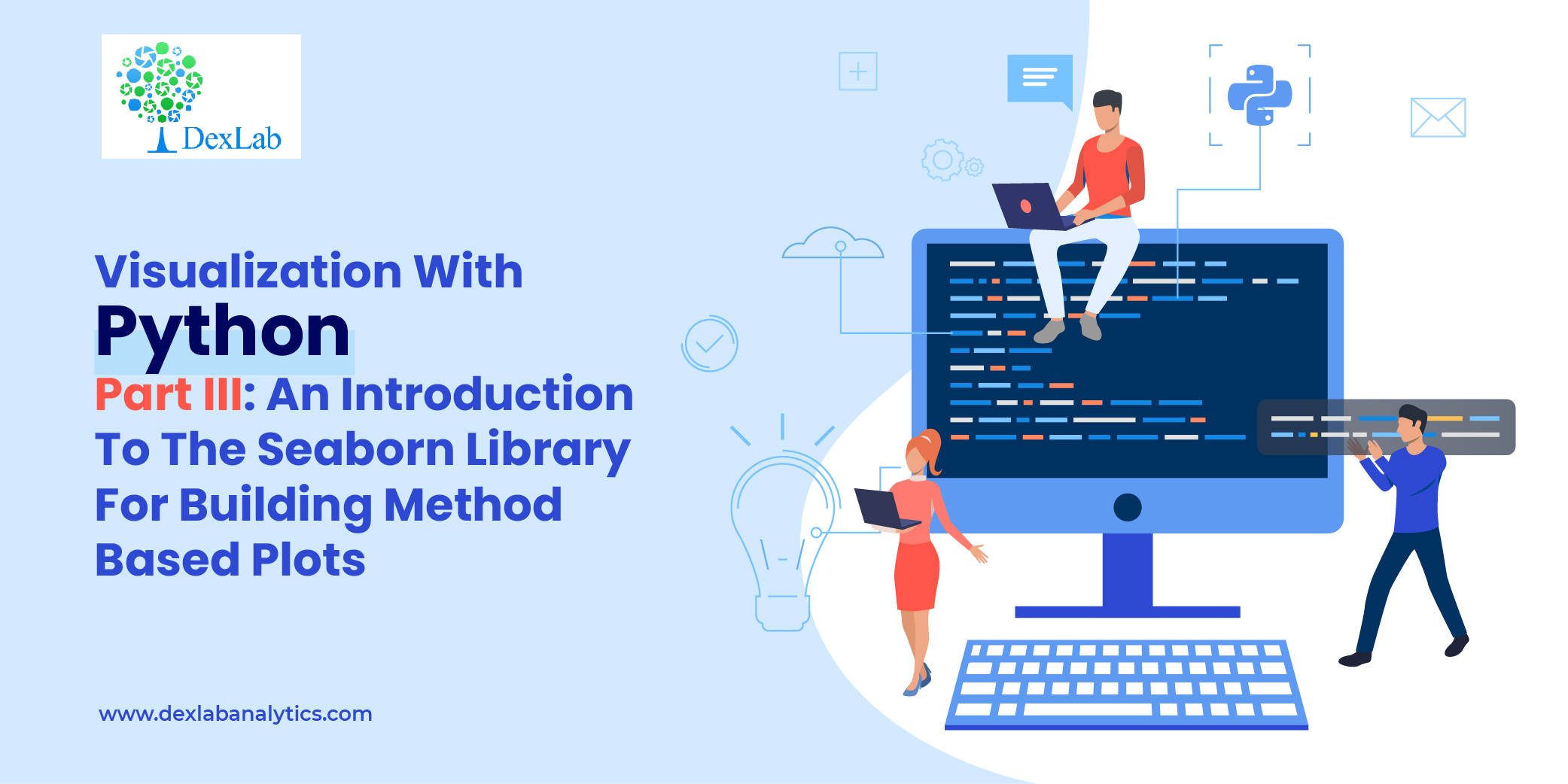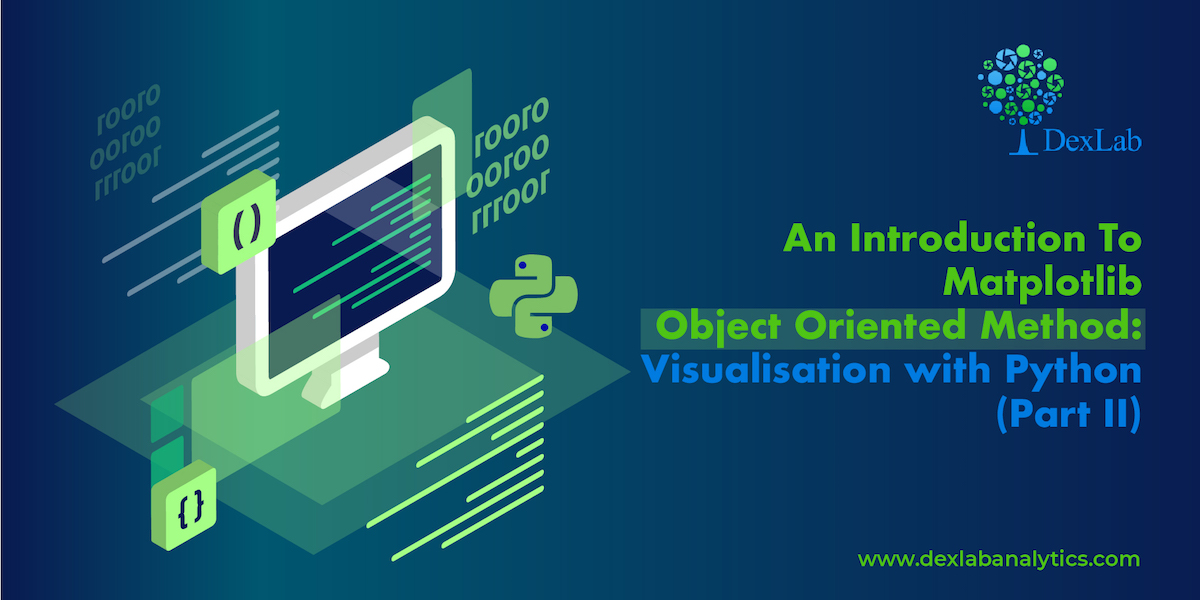In a world that is riveting towards exploring the hidden potential of emerging technologies like artificial intelligence, staying aware can not only keep you in sync but can also ensure your growth. Among all the tech terms doing the rounds now, machine learning is probably the one that you have heard frequently or, it might also be the term that intrigues you the most. You might even have a friend who is pursuing a Machine Learning course in Gurgaon. So, amidst all of this hoopla why don’t you upgrade your knowledge regarding machine learning? It’s not rocket science but, it’s science and it’s really cool!
Machine learning is a subset of AI that revolves round the concept of enabling a system to learn from the data automatically while finding patterns and improve the ability to predict without being explicitly programmed beforehand. One of the examples would be when you shop online from a particular site, you would notice product recommendations are lining up the page that particularly align with your preferences. The data footprint you leave behind is being picked up and analyzed to find a pattern and machine learning algorithms work to make predictions based on that, it is a continuous process of learning that simulate human learning process.
The same experience you would go through while watching YouTube, as it would present more videos based on your recent viewing pattern. Being such a powerful technology machine learning is gradually being implemented across different sectors and thereby pushing the demand for skilled personnel. Pursuing machine learning certification courses in gurgaon from a reputed institute, will enable an individual to pick up the nuances of machine learning to land the perfect career.
What are the different types of machine learning?
When we say machines learn, it might sound like a simple concept, but, the more you delve deeper into the topic to dissect the way it works you would know that there are more to it than meets the eyes. Machine learning could be divided into categories based on the learning aspect, here we will be focusing on 3 major categories which are namely:
- Supervised Learning
- Unsupervised Learning
- Reinforcement Learning
Supervised Learning
Supervised learning as the name suggests involves providing the machine learning algorithm with training dataset, an example of sort to enable the system to learn to work its ways through to form the connection between input and output, the problem and the solution. The data provided for the training purposes needs to be correctly labeled so, that the algorithm is able to identify the relationship and could learn to predict output based on the input and upon finding errors could make necessary modifications. Post training when given a new dataset it should be able to analyze the input to predict a likely output for the new dataset. This basic form of machine learning is used for facial recognition, for classifying spams.
Unsupervised Learning
Again the term is suggestive like the prior category we discussed above, this is also the exact opposite of supervised learning as here there is no training data available to rely on. The input is available minus the output hence the algorithm does not have a reference to learn from. Basically the algorithm has to work its way through a big mass of unclassified data and start finding patterns on its own, due to the nature of its learning which involves parsing through unclassified data the process gets complicated yet holds potential. It basically involves clustering and association to work its way through data.
Reinforcement Learning
Reinforcement learning could be said to have similarity with the way humans learn through trial and error method. It does not have any guidance whatsoever and involves a reward, in a given situation the algorithm needs to work its way through to find the right solution to get to the reward, and it gets there by overcoming obstacles and learning from the errors along the way. The algorithm needs to analyze and find the best solution to maximize its rewards and minimize penalties as the process involves both. Video games could be an example of reinforcement learning.
Although only 3 core categories have been mentioned here, there remains other categories which deserve as much attention, such as deep learning. Deep learning too is a comparatively new field that deserves a complete discussion solely devoted to understanding this dynamic technology, focusing on its various aspects including how to be adept at deep learning for computer vision with python.
Machine learning is a highly potent technology that has the power to predict the future course of action, industries are waking up to smell the benefits that could be derived from implementation of ML. So, let’s quickly find out what some of the applications are:
Malware and spam filtering
You do not have to be tech savvy to understand what email spams are or, what malware is. Application of machine learning is refining the way emails are filtered with spams being detected and sent to a separate section, the same goes for malware detection as ML powered systems are quick to detect new malware from previous patterns.
Virtual personal assistants
As Alexa and Siri have become a part of life, we are now used to having access to our very own virtual personal assistants. However, when we ask a question or, give a command, ML starts working its magic as it gathers the data and processes it to offer a more personalized service by predicting the pattern of commands and queries.
Refined search results
When you put in a search query in Google or, any of the search engines the algorithms follow and learn from the pattern of the way you conduct a search and respond to the search results being displayed. Based on the patterns it refines the search results that impact page ranking.

Social media feeds
Whether it is Facebook or, Pinterest , the presence of machine learning could be felt across all platforms. Your friends, your interactions, your actions all of these are monitored and analyzed by machine learning algorithms to detect a pattern and prepare friend suggestions list. Automatic Friend Tagging Suggestions is another example of ML application.
Those were a couple of examples of machine learning application, but this dynamic field stretches far. The field is evolving and in the process creating new career opportunities. However, to land a job in this field one needs to have a background in Machine Learning Using Python, to become an expert and land the right job.
.
